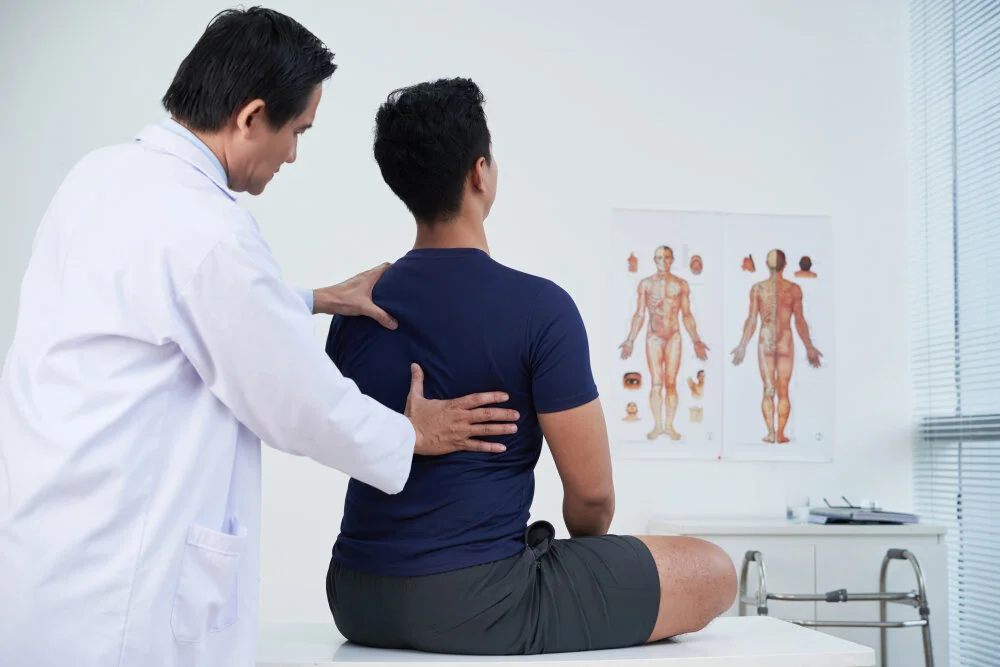What You Must Know about Herniated Disc?
Herniated disc is an extremely common backbone condition. While almost everybody heard about it, this was discovered that most of us do not know or know the cause of anatomy.
How It Happens
A herniated disc begins with a degenerative disc or acute damage when the outside lining of the disc tears and the cartilage leaks through. The discs begin to degenerate over time with ageing and normal wear and tear. As such, the discs develop cracks and tears, which can result in herniation. When the outside of the disc is torn, it allows the center cartilage in the disk into the tear. The nerve fibers outside the disc may make it very painful. This pain is usually very serious when tears are accurate and severe. The more serious the tear is when the cartilage is large enough to cross the body and to press the nerve directly. When you start feeling pain in your back, consult a back pain specialist for pain management.
Symptoms
Although most herniated discs may also occur in the lower back. Signs and symptoms depend on the location of the disc and if it presses on the nerve. It often affects one side of the body.
Pain in Arms or Legs
You will normally experience most pain in your fingers, thigh and calf if your herniated disc is on your lower back. Some of your foot part may also be painful. When you have your herniated discs in your neck, your shoulder and arm usually feel the most pain. You may have this pain shot into your arm or leg, snowing or moving into certain places. Pain is often referred to as burning or sharp.
Numbness
Individuals with a herniated disc often fell tingling or numbness in the body portion that the affected nerves serve.
Causes
Herniated disc is most often a consequence of gradual wear and tear associated with aging, known as disc degeneration. As you age, your discs get less flexibility and are more likely to tear or tear by a small strain or twist.
The cause of your herniated disc cannot be identified by most people. Sometimes lifting your back muscles can lead to a herniated disk, twisting and turning during lifting, in lieu of your leg or thigh muscles. It is seldom a traumatic occurrence like a fall or a reverse blow.
Therapy:
These problems are identified using X-rays and MRI scan and a treatment plan was developed for you. Common non-operational therapies include:
Anti-inflammatory agents, frequently in steroid form, to reduce swelling and inflammation in the nerves.
Physical therapy to help traction and create more nerve space.
Injections to soothe the swelling and reach the root of the problem.
Your pain management specialist would help to relief your pain. Reach at Oklahoma Pain Treatment Centers for consulting back pain specialists in OKC.
**Disclaimer: This blog post does not establish terms of a doctor-patient relationship and is not intended to be taken as a doctor's advice.



